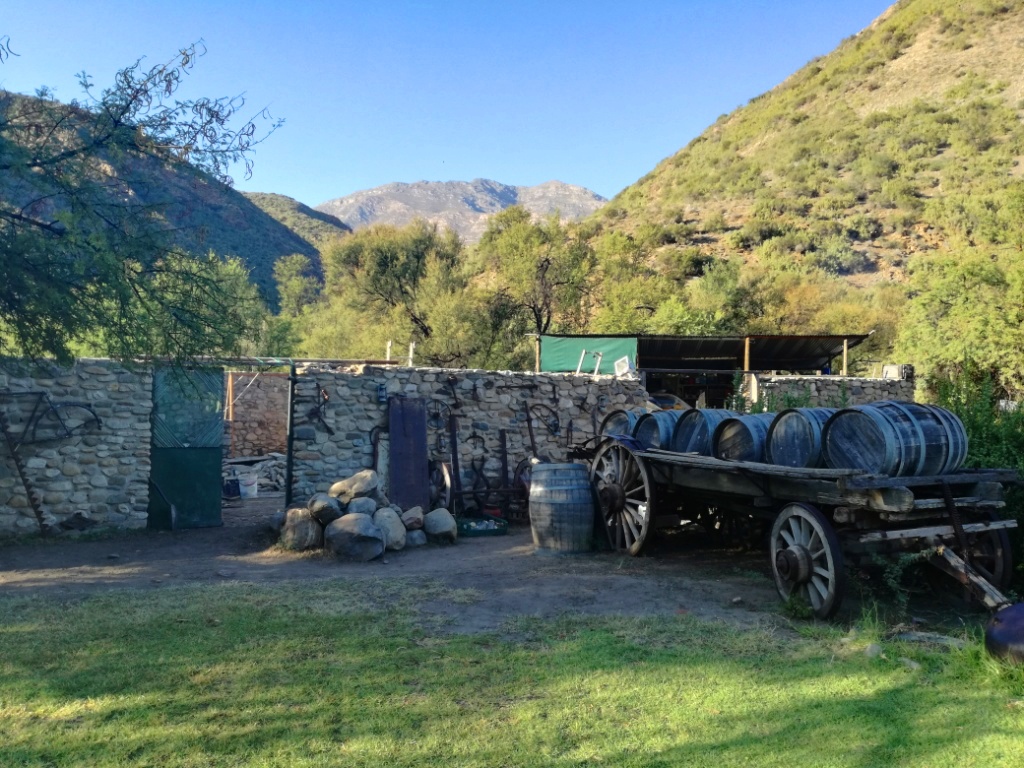|
Gamkaskloof
The Gamkaskloof , also known as ''Die Hel'', is a narrow, isolated valley about 20 kilometres (12.4 miles) long and a maximum of 600 metres (656 yards) wide. The valley is located in the Swartberg mountain range, which is part of the Garden Route District Municipality, Western Cape Province, South Africa. History ''Gamkaskloof'' is a hybrid name, combining ''Gamka'' (the Khoisan word for Lion), and ''Kloof'' (the Afrikaans word for valley). The Gamkaskloof was discovered in the early 19th century by farmers, but the first permanent resident was Peter Swanepoel, who settled in the valley in the 1830s. Some time later, the Marais, Cordier and Joubert Nel Mostert families settled in the valley, growing to a community of around 160 people. The residents used donkeys and travelled by foot across the Swartberg mountains to reach Prince Albert and Calitzdorp. Later, a school was established, with the teacher also leading the Sunday church. The settlers farmed grain, vegetables, f ... [...More Info...] [...Related Items...] OR: [Wikipedia] [Google] [Baidu] |
Lion
The lion (''Panthera leo'') is a large Felidae, cat of the genus ''Panthera'' native to Africa and India. It has a muscular, broad-chested body; short, rounded head; round ears; and a hairy tuft at the end of its tail. It is sexually dimorphic; adult male lions are larger than females and have a prominent mane. It is a social species, forming groups called ''prides''. A lion's pride consists of a few adult males, related females, and cubs. Groups of female lions usually hunt together, preying mostly on large ungulates. The lion is an apex predator, apex and keystone predator; although some lions scavenge when opportunities occur and have been known to hunt Human, humans, lions typically don't actively seek out and prey on humans. The lion inhabits grasslands, savannas and shrublands. It is usually more diurnality, diurnal than other wild cats, but when persecuted, it adapts to being active nocturnality, at night and crepuscular, at twilight. During the Neolithic period, the li ... [...More Info...] [...Related Items...] OR: [Wikipedia] [Google] [Baidu] |
Afrikaans
Afrikaans (, ) is a West Germanic language that evolved in the Dutch Cape Colony from the Dutch vernacular of Holland proper (i.e., the Hollandic dialect) used by Dutch, French, and German settlers and their enslaved people. Afrikaans gradually began to develop distinguishing characteristics during the course of the 18th century. Now spoken in South Africa, Namibia and (to a lesser extent) Botswana, Zambia, and Zimbabwe, estimates circa 2010 of the total number of Afrikaans speakers range between 15 and 23 million. Most linguists consider Afrikaans to be a partly creole language. An estimated 90 to 95% of the vocabulary is of Dutch origin with adopted words from other languages including German and the Khoisan languages of Southern Africa. Differences with Dutch include a more analytic-type morphology and grammar, and some pronunciations. There is a large degree of mutual intelligibility between the two languages, especially in written form. About 13.5% of t ... [...More Info...] [...Related Items...] OR: [Wikipedia] [Google] [Baidu] |
Valley
A valley is an elongated low area often running between hills or mountains, which will typically contain a river or stream running from one end to the other. Most valleys are formed by erosion of the land surface by rivers or streams over a very long period. Some valleys are formed through erosion by glacial ice. These glaciers may remain present in valleys in high mountains or polar areas. At lower latitudes and altitudes, these glacially formed valleys may have been created or enlarged during ice ages but now are ice-free and occupied by streams or rivers. In desert areas, valleys may be entirely dry or carry a watercourse only rarely. In areas of limestone bedrock, dry valleys may also result from drainage now taking place underground rather than at the surface. Rift valleys arise principally from earth movements, rather than erosion. Many different types of valleys are described by geographers, using terms that may be global in use or else applied only locally. For ... [...More Info...] [...Related Items...] OR: [Wikipedia] [Google] [Baidu] |
Khoisan
Khoisan , or (), according to the contemporary Khoekhoegowab orthography, is a catch-all term for those indigenous peoples of Southern Africa who do not speak one of the Bantu languages, combining the (formerly "Khoikhoi") and the or ( in the Nǁng language). The San were formerly called Bushmen, (from Afrikaans ''Boesmans'' from nl, Boschjesmens); and the were formerly known as " Hottentots", speculated to be a Dutch onomatopoeic term referring to the click consonants prevalent in the Khoekhoe languages. However there is no evidence of this etymology."A very large number of different etymologies for the name have been suggested ... The most frequently repeated suggestion ... is that the word was a spec. use of a formally identical Dutch word meaning ‘stammerer, stutterer’, which came to be applied to the Khoekhoe and San people on account of the clicks characteristic of their languages. However, evidence for the earlier general use appears to be lacking. Another ... [...More Info...] [...Related Items...] OR: [Wikipedia] [Google] [Baidu] |
Hybrid Word
A hybrid word or hybridism is a word that etymologically derives from at least two languages. Common hybrids The most common form of hybrid word in English combines Latin and Greek parts. Since many prefixes and suffixes in English are of Latin or Greek etymology, it is straightforward to add a prefix or suffix from one language to an English word that comes from a different language, thus creating a hybrid word. Hybridisms were formerly often considered to be barbarisms., ''s.v.'' 'barbarism' English examples * Antacid – from Greek () 'against' and Latin acidus 'acid'; this term dates back to 1732. *Aquaphobia – from Latin 'water' and Greek () 'fear'; this term is distinguished from the non-hybrid word '' hydrophobia'', which can refer to symptoms of rabies. * Asexual – from Greek prefix 'without' and the Latin ' sex' * Automobile – a wheeled passenger vehicle, from Greek () 'self' and Latin 'moveable' * Beatnik – a 1950s counterculture movement centered ... [...More Info...] [...Related Items...] OR: [Wikipedia] [Google] [Baidu] |
Swartberg
The Swartberg mountains (''black mountain'' in Afrikaans) are a mountain range in the Western Cape province of South Africa. It is composed of two main mountain chains running roughly east–west along the northern edge of the semi-arid Little Karoo. To the north of the range lies the other large semi-arid area in South Africa, the Great Karoo. Most of the Swartberg Mountains are above 2000 m high, making them the tallest mountains in the Western Cape. It is also one of the longest, spanning some 230 km from south of Laingsburg in the west to between Willowmore and Uniondale in the east. Geologically, these mountains are part of the Cape Fold Belt. Much of the Swartberg is part of a UNESCO World Heritage Site. The two ranges The Swartberg consists of two officially named ranges, the Smaller and the Greater Swartberg Mountains. ''Klein Swartberge'' The Smaller Swartberg are the westernmost of the two. Ironically, this range is the higher one, including the province's hi ... [...More Info...] [...Related Items...] OR: [Wikipedia] [Google] [Baidu] |


.jpg)
